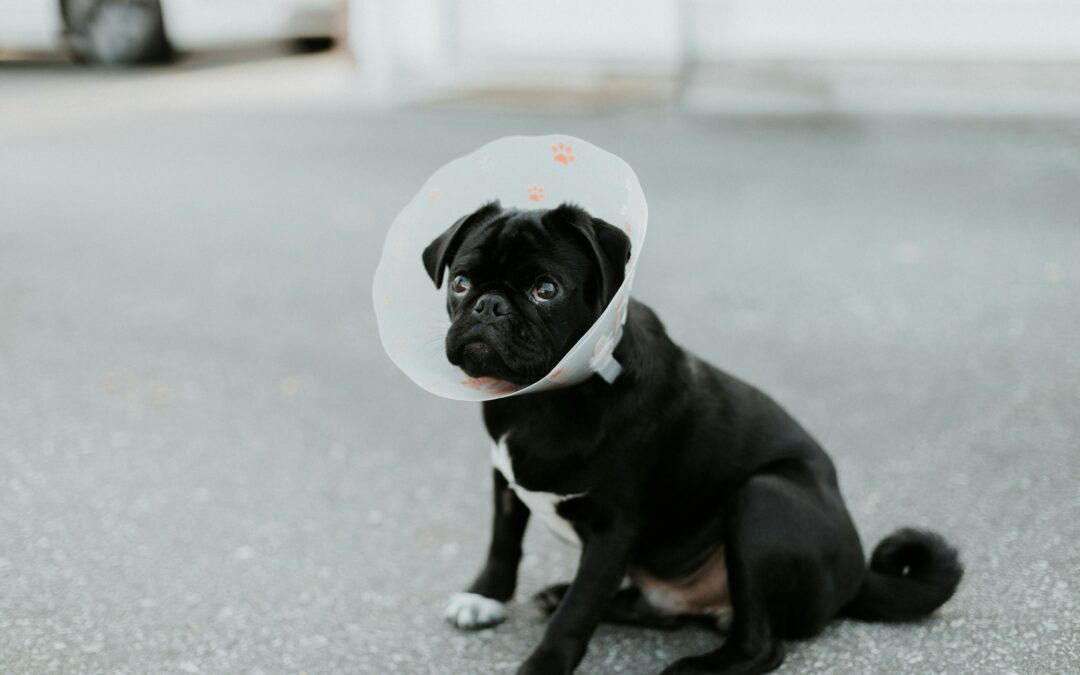Taking care of our fur companions often means spaying and neutering. Or at least, it should mean spaying and neutering if you’re not a professional breeder*. And when the day finally comes, it is certainly an anxious time. The days following a successful procedure are often stressful even with instructions from your vet. So here are some basic spay/neuter post-surgical care tips.
(*Please don’t breed for “fun” or as a side gig and please don’t buy dogs from these sorts of breeders. On that note, here’s our upcoming Sundance Retrievers planned litters.)
Again, your vet will provide you with aftercare instructions, so we’re just here to help with a bit of an overview.
The number one thing to remember is that spaying or neutering is major surgery for your dog. Both procedures include general anesthesia. Even if your vet has given you the okay to pick up your dog, they are still being affected by the anesthesia.
Your dog will be groggy. They might act a bit confused. They might even act a bit agitated and frightened. This is all normal. Think about what anesthesia does to humans!
Immediate post anesthesia considerations
- It’s best to keep your dog confined. If they are used to being crated, set it up nice and cozy for them. If they are not used to being crated, now is not the time to start. Just confine them to one small room. Create a comfortable nest. (Just like you would want.)
- Make sure your dog does not have access to high places like a bed. You don’t want them jumping up. Nor should you place them on your bed because you don’t want them jumping down either.
- Keep them isolated from other animals and children for at least the first day they are home.
- Offer them a small amount of water and food for the first 12 hours.
- If they vomit, hold off on food for a few hours. (This can be very normal after surgery.)
- If after 24 hours, they are still vomiting from food and water, contact your vet.
- Some swelling of the incision site is normal, but check it every day for excessive swelling, redness, and any oozing of pus. If you see any of those, contact your vet. An infection caught early is usually pretty easy to deal with.
- If you can’t keep your dog from licking the incision site, you know what that means – time for an E-collar. (There are nice ones now. Check these out.)
Ten days post-op tips
- Your vet might send you home with pain medications. Follow the instructions exactly. And of course, never give your dog human medications of any kind.
- Try to keep your dog as quiet and calm as possible as the incision heals.
- Don’t go romping in the woods and playing in the mud. Keep your pup clean during this first week and a half.
- Do not bathe, dip, or flea spray your dog for seven days after their surgery.
- Keep checking the incision site. Do not wash it.
- When you go for walks, keep them on a pretty short leash. No jumping or running.
- If you have a yard that you typically let them out in on their own, don’t. Even leash walk them in your yard.
Typically spay and neuter surgeries are quick and easy and have no issues. Vets are really good at this. So try to relax, because the more relaxed you are, the more relaxed your dog will be.

